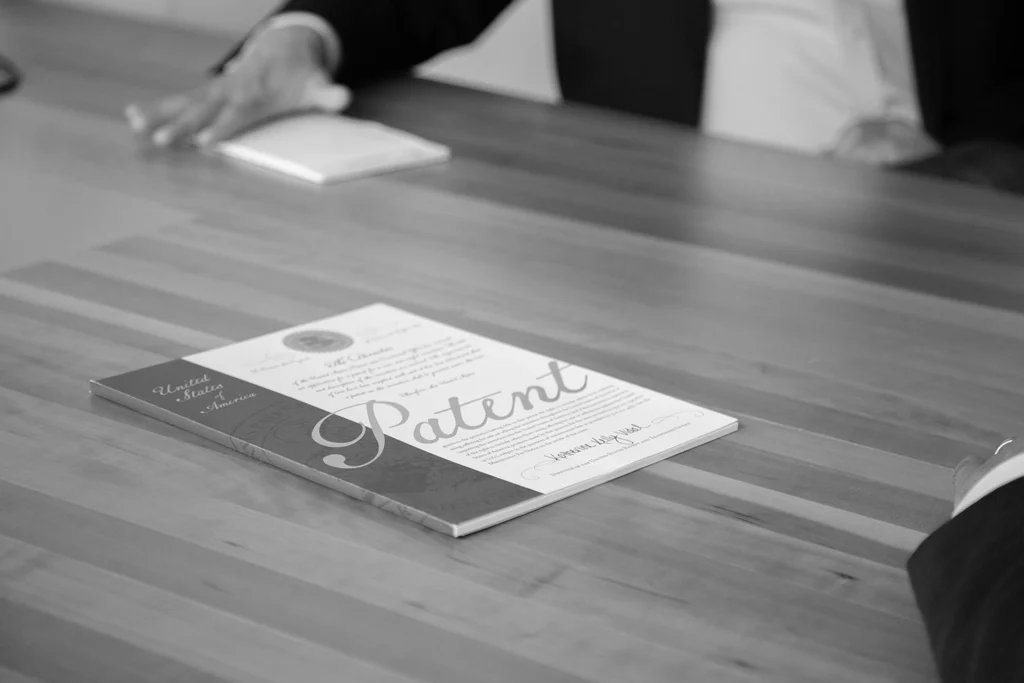If a graphical user interface is important to your business’ overall brand, you should take another look at design patents. According to recent statistics from the World Intellectual Property Organization the graphical user interface (GUI) and user experience (UX) space are among the fastest growing areas of design applications filed at the USPTO. Why are design patents so popular for protecting GUI elements of products? In large part, it relates to the fact that software-based utility applications struggle to overcome the patentable subject matter requirements of 35 USC §101. Though the guidance from the USPTO continues to evolve, the “softer” computer arts are often rejected by examiners as “abstract ideas without significantly more” under the Alice/Mayo test. The “significantly more” looks for physical changes to the computer, leaving purely software advances, like novel GUI/UX’s, unpatentable in the eyes of many examiners.

Such subject matter requirements are rarely, if ever, a concern in evaluating design patents. The United States Patent & Trademark Office’s (USPTO) guidelines for the protection of designs in this area is as follows:
“The USPTO considers designs for computer-generated icons embodied in articles of manufacture to be statutory subject matter eligible for design patent protection under 35 U.S.C. 171. Thus, if an application claims a computer-generated icon shown on a computer screen, monitor, other display panel, or a portion thereof, the claim complies with the “article of manufacture” requirement of 35 U.S.C. 171. Since a patentable design is inseparable from the object to which it is applied and cannot exist alone merely as a scheme of surface ornamentation, a computer-generated icon must be embodied in a computer screen, monitor, other display panel, or portion thereof, to satisfy 35 U.S.C. 171. See MPEP § 1502.”
Several different aspects of GUI/UX may be protected, including icons and the location of various elements and animations within the user interface. While design patents protect the ornamental aspects of a design, the claimed design still must have an underlying function. For this reason, it is good practice to depict computer-generated icons as being embodied in a computer screen, monitor or other display in the application. Additionally, over time you may wish to update the overall look and feel of your user interface, while retaining certain fundamental elements for familiarity and continuity.
Aside from pure patentability concerns, design patents are well-suited to protect GUI/UX advances in other ways. GUI/UX, as software, are areas of business that change quickly. Design patents can be the perfect tool because they cost far less to obtain than a utility patent and typically take only 15 – 18 months from filing to grant. Despite the relative ease of obtaining a design patent, they can have significant enforceability when infringement occurs. As indicated in Apple Inc. v. Samsung Electronics Co., Ltd., damages could be very high under design patent law since it is the infringer’s profits that are at stake. Design patents are thus a valuable addition to a company’s intellectual property portfolio, not only enlarging the portfolio but increasing the future asset value.

